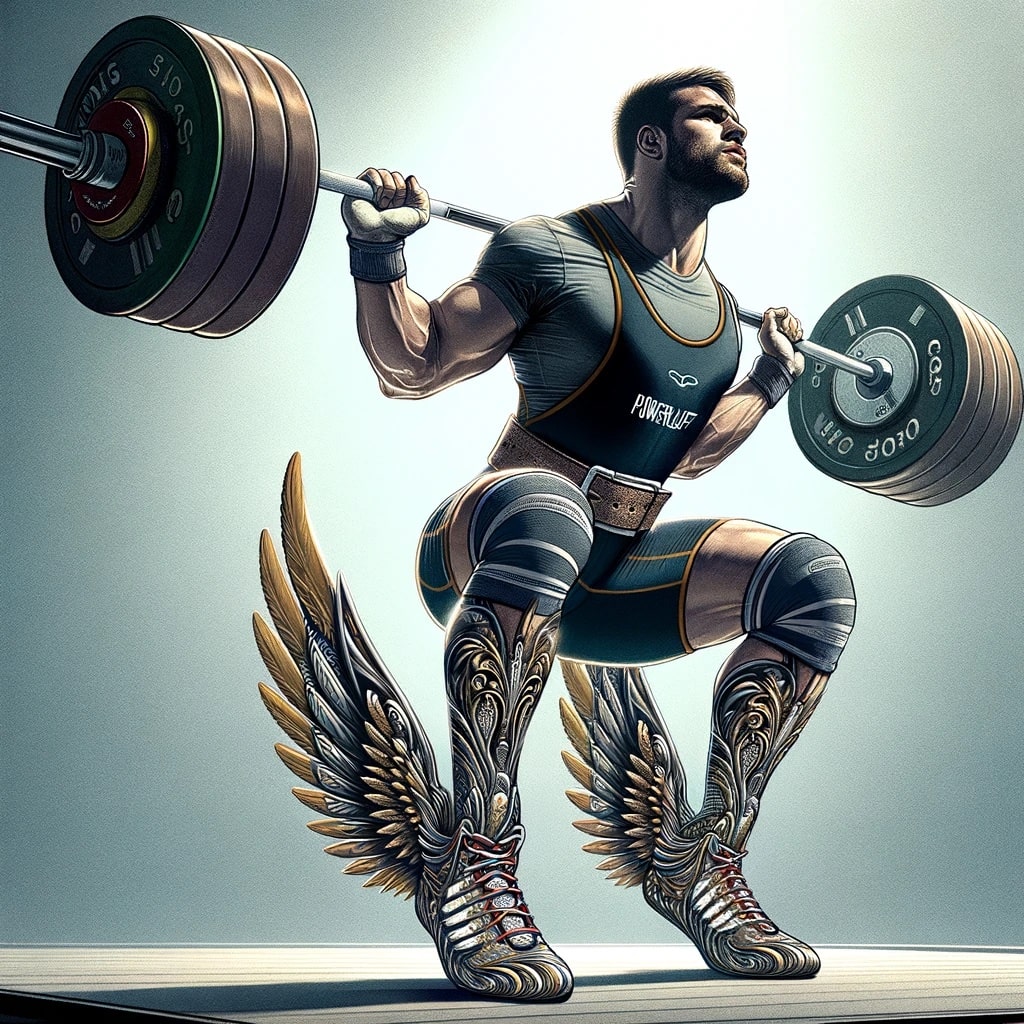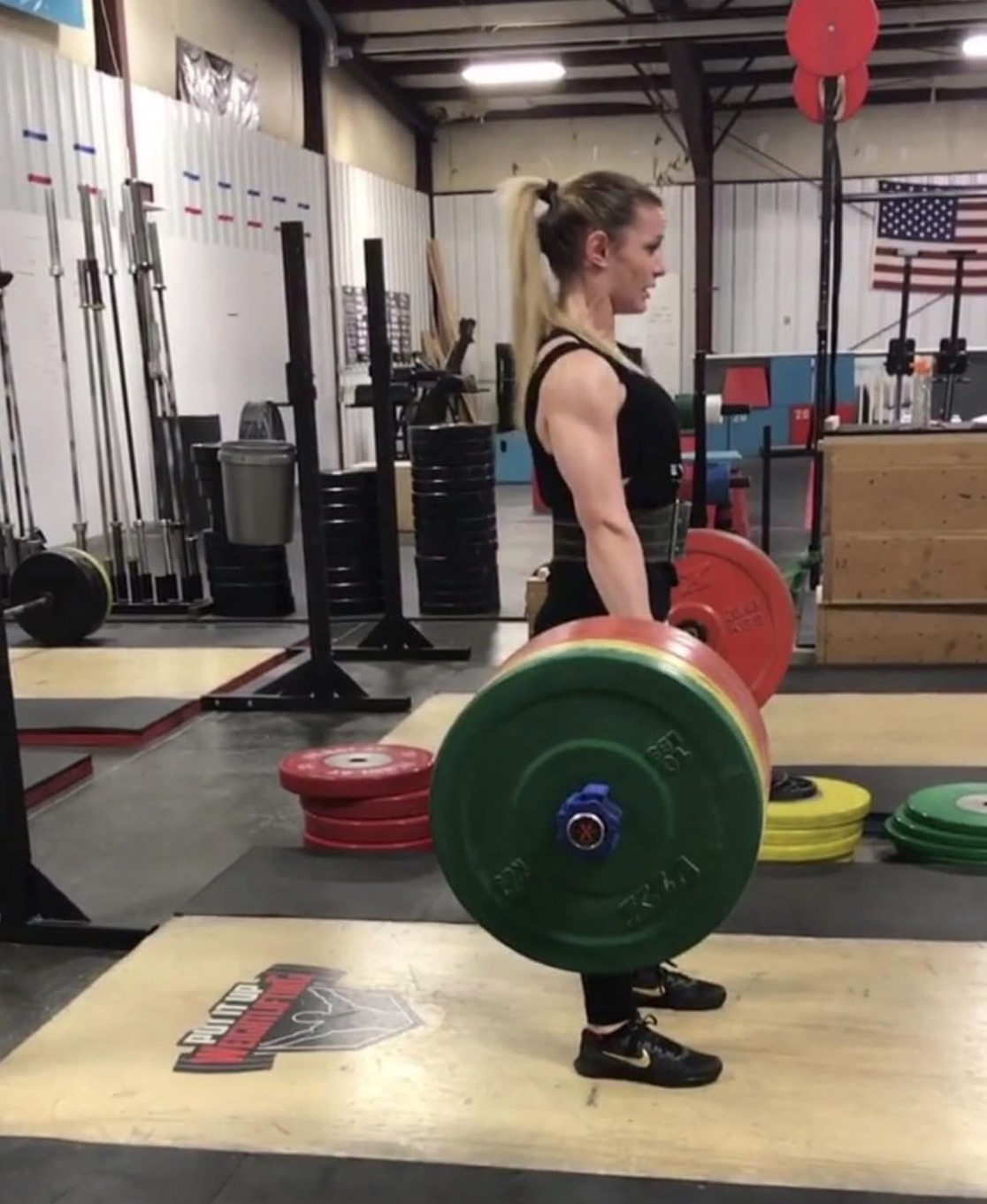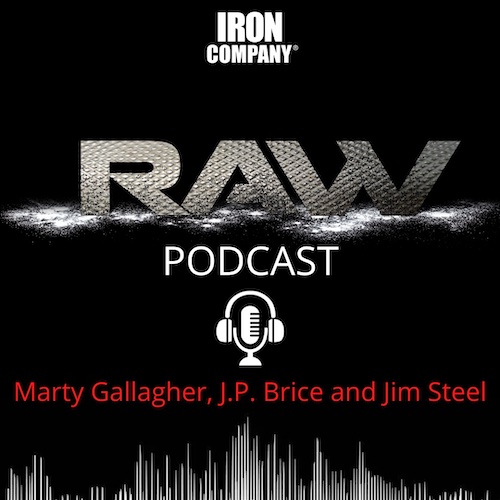
How CrossFit saved Powerlifting from the Magical Shoes
My sport was committing slow suicide. Powerlifting was dying a deserved death. Then, at death's door, the greatest strength sport ever invented was given CPR and revived by the most unlikely of Saviours. How CrossFit saved powerlifting. But I am getting ahead of myself...
Imagine if someone invented magical shoes that when worn enabled any runner to run faster - way, way faster, as in 20% faster. A man that ran the 100-meter dash in 11 seconds (a good time for a high school sprinter) could put on the magical shoes and run 8.8, faster than Usain Bolt. This 20% improvement could be realized by anyone that had the $300 to purchase the magical shoes.
Other shoemakers' jumped in and a shoe war breaks out. Breakthroughs in shoe technology enable sprint-shoe makers to improve upon the initial 20% improvement. The logical thing would be for the governing track and field body to step in and ban the shoes. However, shoemakers use their lobbyist to ply sports officials with cash, gifts, junkets and expensive meals. The fix is in and the shoes stay legal.
Now that the shoes are sanctioned and here to stay, a nuclear arms race in shoe tech begins. New breakthroughs occur every six months and within five years shoe users were able to run 100 meters in seven seconds - a 36% increase. Like 4,000 horsepower dragsters, man and tool are melded into one. The magic-shoed cyborg runners set 100-meter dash records that were pure science fiction. Oddly the shoe-wearing runners, when forced to run without the shoes, were slower, way slower, than sprinters were before the shoes came along.
This nightmare actually occurred in the sport of competitive powerlifting. Back in the 1970s, powerlifters discovered that they could lift more in the squat if they wore knee wraps and a weightlifting belt. Officials were indifferent and supportive gear got a toehold. In the mid-70s, a few grassroots companies sprang up catering to an emerging powerlifting supportive gear market.
Thick powerlifting belts appeared, massive and wide, these belts were revolutionary in that they were wide all the way around, not just in the back. This wrinkle made squatting easier as most lifters bend forward on the squat descent and the wide belt in front gave the lifter something to push against and expand against. Knee wraps slowed the descent and attained a coiled spring effect at the bottommost turnaround point, when descent became ascent.
Knee wraps became increasing springy and sophisticated. Old School powerlifters had used pathetic ace bandages (brown stretch material found in a first aid kit) for knee wraps. The new breed of knee-wraps was made from highly elastic stretch material that could be cinched incredibly tight around the squatter's knees. The big belt and knee wraps when worn together added 100 pounds to a 500-pound raw squat. Remember the 20% bump the magic shoes gave the mythical runner? Knee wraps and a lifting belt added 20% to any man's raw squat. But we're just getting started…
The next "breakthrough" was the invention of the "squat suit." Someone got the idea to create a singlet made of thick, restrictive material. The suit fit like a girdle with straps and made squatting way easier. The 500-pound raw squatter that added 100-pounds with knee wraps and a belt added another 50-pounds with the addition of a properly fitted squat suit. Our 500-pound raw squatter is now a 650-pound squatter. We have added 30% to "raw" squat, real squat ability.
In the interceding decades, knee wraps got much better. Squat suits got much better. Many powerlifting organizations allowed extra-length knee wraps to be used. Wrap length had been legislated to a maximum of ten feet and now newer organizations said, the hell with that - you can use any length knee wrap you want! Some lifters were wrapping their knees with 15 to 20 foot long knee wraps. Squat "suit technology" went ape-shit crazy. The modern fully geared squatter wears a super restrictive "half suit," this a pair of shorts made from restrictive stretch material. Over top of the half-suit the modern squatter wears a canvas suit with adjustable length straps.
In an effort to make squatting easier, someone invented a device that eliminated having to "set up" squats. Classically a lifter ducked under the squat bar in a squat rack, stood erect and then stepped back and assumed the start position. Now, using this expensive device, the lifter positioned his feet, stood erect and a cradle swung away, leaving the lifter free to descend. The walk-out-avoidance device was promoted as "safer" in that it eliminated the "dangerous" walkout - which presupposed there was some epidemic of catastrophic walkout accidents - which there were not. The device enabled big lifters to lift weights they would be unable to walk out and set up.
In a final effort to make barbell squatting easier, the judging was corrupted. Squats four to six inches above parallel were now routinely passed. Add it all up, the weight belt, extra-length knee wraps, the multiple squat suits, walkout avoidance and corrupted judging and you create a 40% increase over a man's raw squat. If a 500-pound, below parallel raw squatter used full battle gear, no walk out and was allowed to squat four-inches above parallel, he could squat 700 pounds, no problem.
This represents a 40% increase in squat poundage handling ability. Double the gains of the magic shoes: remember how even in our wildest Sci-Fi imagining of the magical shoes, we strained credulity by dreaming that shoe wearers could run seven second hundred meter dashes - this is a mind-blowing 36% increase! Our real life geared-up powerlifter obtains a 40% performance bump.
Results derived from using a version of the magical shoes in the bench press produces even more spectacular results. The all-time bench press record currently standing at 1,102 pounds; this from a man with a 700-pound raw bench press - a whopping 57% increase over raw, shirtless capability. Bench shirts are made of material so restrictive that a major problem for properly shirted bench pressers is they cannot pull the loaded barbell down to touch the chest: imagine a device so restrictive that a man with 800-pounds loaded on a barbell cannot get that weight down to touch his chest, this despite him pulling downward with all his might on 800 and to no avail! A common cause for disqualification in shirted bench press competitions is inability to touch the chest. Imagine the amount of coiled energy ready to be released. In a bizarre turn of events, the "shirted" bench press records exceed the all-time deadlift records in nearly every weight class.
Then a weird thing happened. My dying sport, splintered, fragmented, diluted, inflamed, exaggerated and corrupted got a blood transfusion from an unexpected source: CrossFit. Powerlifting competitions suddenly and unexpectedly began to see a flood of new competitors. However these competitors were not interested in competing in "geared" powerlifting. Instead, this new influx of neophyte powerlifters wanted to compete in "raw" powerlifting.
Raw powerlifting was a designated competitive category wherein lifters lifted wearing only a lifting belt. At a national championship powerlifting competition a few years back 65 "geared" lifters competed spread over ten weight classes. At these same championships meet organizers cut off raw entrants when they reached 450. What accounts for this stampede of new athletes coming into raw powerlifting? It was CrossFit and their emphasis on Old School barbell exercises.

CrossFit helped powerlifting by including the back squat and the deadlift in their progressive resistance regimen, legislating that these exercises need be practiced and mastered. A whole lot of new people, nationwide and worldwide were suddenly exposed to barbell squatting and deadlifting, many for the first time. A premium was placed on optimizing performance in the two lifts.
At the CrossFit Games you don't get to squat wearing a squat suit and knee wraps. You have to go below parallel in CrossFit squatting. Turns out there are a lot of CrossFit athletes that decided one sure-fire way to up their squat/dead game was a dose of competitive powerlifting. Thus began a vital transfusion: new talent, both male and female, began entering Old School style no-gear raw powerlifting competitions.
This miraculous turn of events took powerlifting back to its pure roots, back to a time when supportive gear was non-existent and it was easy to tell which man was the strongest and who was the best. We needed to take off the magic shoes and find out who really was the fastest and who really was the strongest.
CrossFit put the emphasis right back to where it used to be and where it should never have left. Way back when the magic shoes were first introduced into powerlifting, the powers that be should have said, "Oh my God! No way will we allow supportive gear - how could you tell who was the strongest! That's insane!" Thank God CrossFit decided squat and deadlift prowess were part of the archetypical athletic ideal: they saved my sport's bacon.
Image Credit: Kyra Milligan @quads.like.kyra
About the Author
As an athlete Marty Gallagher is a national and world champion in Olympic lifting and powerlifting. He was a world champion team coach in 1991 and coached Black's Gym to five national team titles. He's also coached some of the strongest men on the planet including Kirk Karwoski when he completed his world record 1,003 lb. squat. Today he teaches the US Secret Service and Tier 1 Spec Ops on how to maximize their strength in minimal time. As a writer since 1978 he’s written for Powerlifting USA, Milo, Flex Magazine, Muscle & Fitness, Prime Fitness, Washington Post, Dragon Door and now IRON COMPANY. He’s also the author of numerous books including Purposeful Primitive, Strong Medicine, Ed Coan’s book “Coan, The Man, the Myth, the Method" and numerous others. Read the Marty Gallagher biography here.



